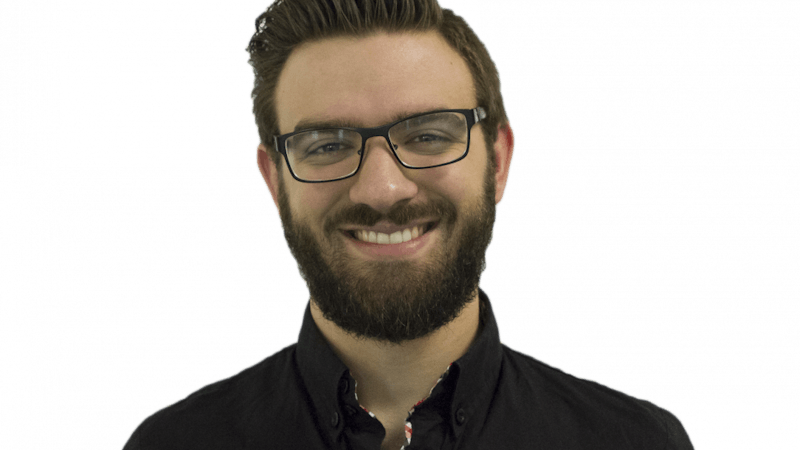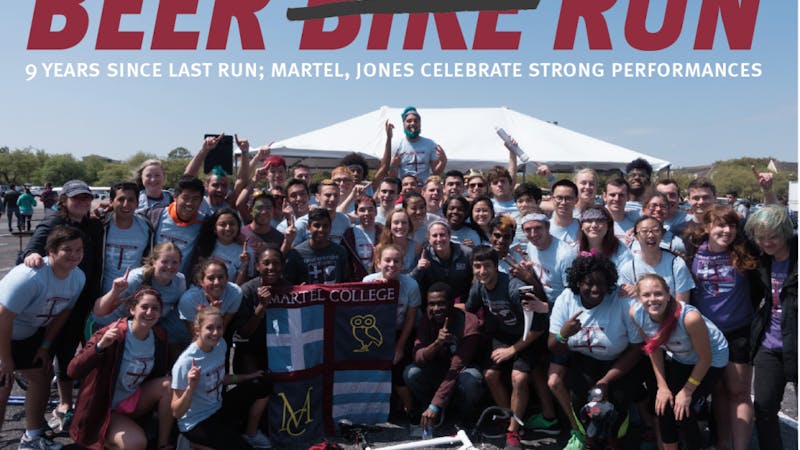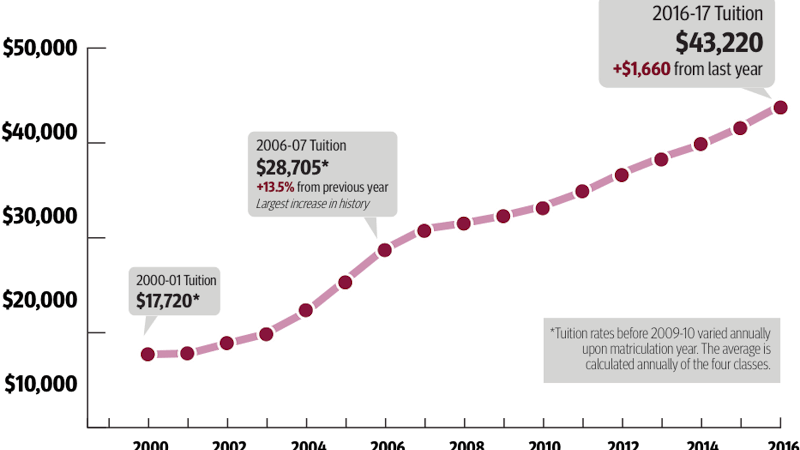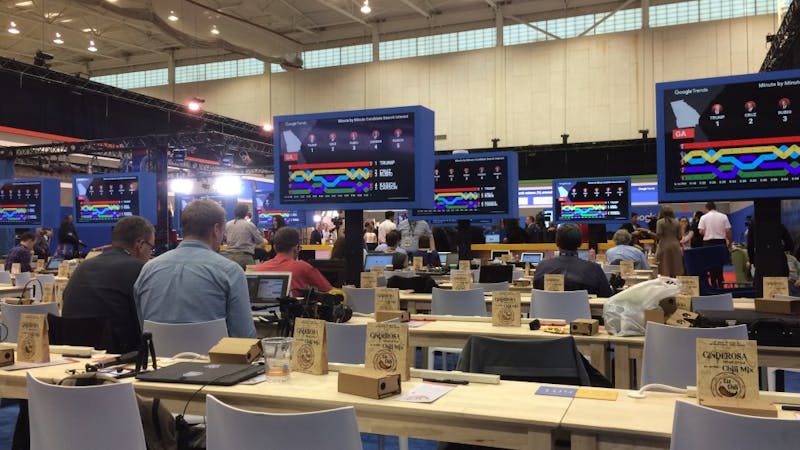
Lovett senior selected to give speech at commencement
Jake Hassell will be this year’s senior class commencement speaker following his selection from a field of 24 candidates, according to former Student Association President Jazz Silva. “I am deeply humbled to have been selected as the commencement speaker,” Hassell, a Lovett College senior, said.







